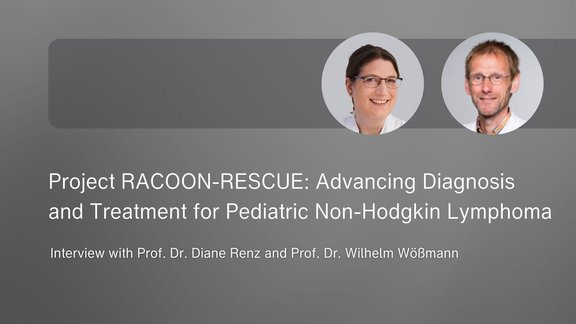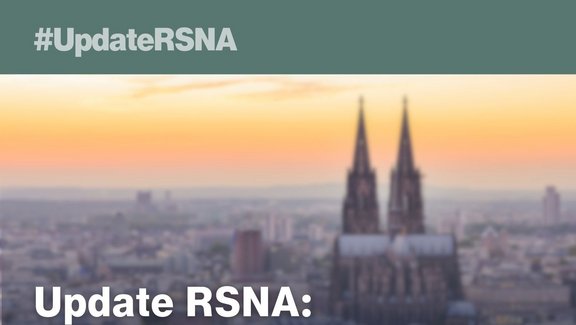
Kelie H. Luby
Related Resources
Related Resources

University Hospital Tübingen: Neuro-Oncological Imaging with Deep Learning Reconstruction (DLR)
A recent study conducted by the University Hospital of Tübingen investigated the potential of deep learning reconstruction (DLR) in magnetic resonance…

Project RACOON-RESCUE: Advancing Diagnosis and Treatment for Pediatric Non-Hodgkin Lymphoma
Pediatric Non-Hodgkin Lymphoma (NHL), a type of lymph node cancer, is the fourth most common tumor in children and adolescents. Radiological…
